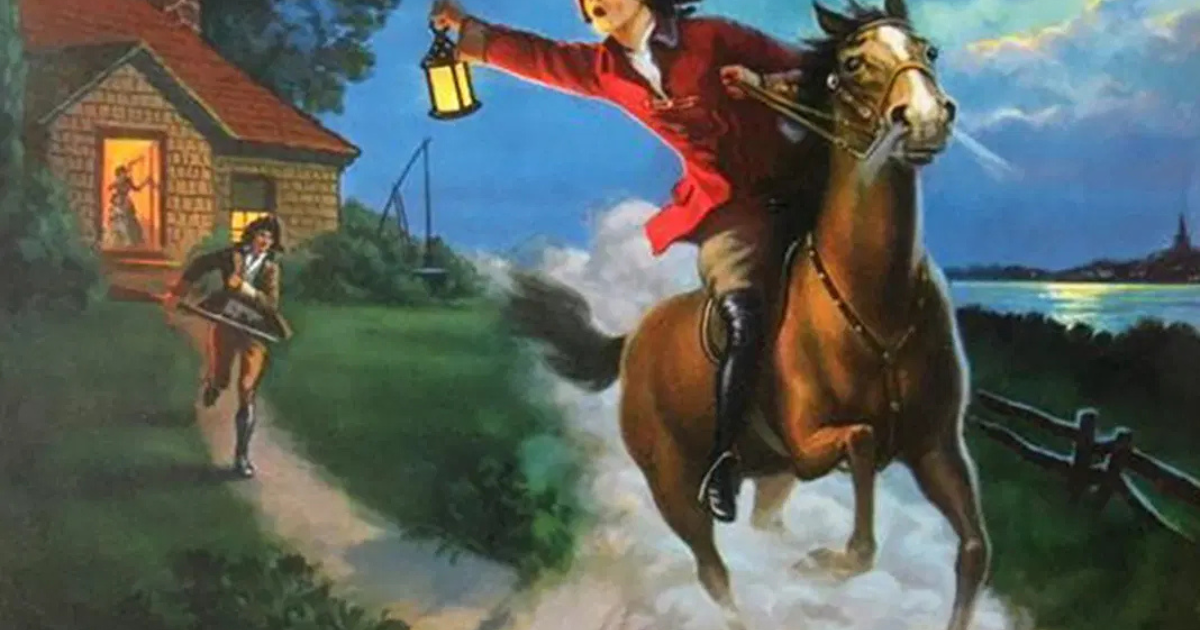The American Revolutionary War, a pivotal moment in the history of the United States, was marked by numerous significant figures who played vital roles in the fight for independence. While most of these individuals are known for their military or political contributions, one notable figure also had a unique profession: dentistry. This article explores the life and contributions of Dr. Paul Revere, a renowned silversmith, patriot, and dentist, and how he played a role in both the Revolution and the early development of dentistry in America.
The Life of Paul Revere
Paul Revere was born on January 1, 1735, in Boston, Massachusetts. He was the son of a French Huguenot immigrant and quickly became involved in the craft of silversmithing. Revere was well-known for his intricate silverwork, but his contributions extended far beyond his trade. He was a dedicated patriot, actively participating in the growing unrest against British rule.
Revere’s most famous contribution to the American Revolution was his midnight ride on April 18, 1775. As tensions mounted between the colonies and Great Britain, British troops prepared to march from Boston to Concord to seize colonial military supplies. Revere, a member of the Sons of Liberty, rode through the night to warn the colonial militia of the approaching British forces, famously proclaiming, “The British are coming!” His efforts allowed the militia to mobilize and prepare for the confrontation that would mark the beginning of armed conflict in the Revolution.
Paul Revere as a Dentist
While Revere’s role as a patriot and silversmith is well-documented, his contributions to dentistry are less widely known. In the 18th century, dentistry was not yet recognized as a distinct profession, and dental practices often fell to barbers or surgeons. However, Revere’s background in metalwork and craftsmanship equipped him with the skills necessary to perform various dental procedures.
In 1775, Revere began offering dental services, making him one of the first American dentists. He created dental appliances, including dentures and bridges, and he is credited with performing some of the earliest documented dental surgeries in the United States. Revere also utilized his skills as a silversmith to craft gold dental prosthetics, which were both functional and aesthetically pleasing.
Innovations and Legacy
Revere’s contributions to dentistry extended beyond his practice. He is believed to be the first American to use a dental mold for creating dentures, an innovation that would shape the future of dental prosthetics. He made molds of his patients’ mouths to ensure a better fit for the dentures, significantly improving comfort and functionality.
Revere’s interest in dentistry was not just a side endeavor; it reflected his commitment to improving the health and well-being of his community. He recognized the need for reliable dental care and sought to establish it as a respected profession.
After his death on May 10, 1818, Paul Revere’s legacy continued. His contributions to both the Revolutionary War and dentistry have been honored in various ways. In 1889, the Massachusetts Dental Society established the Paul Revere Award for Excellence in Dentistry, recognizing outstanding contributions to the field.
